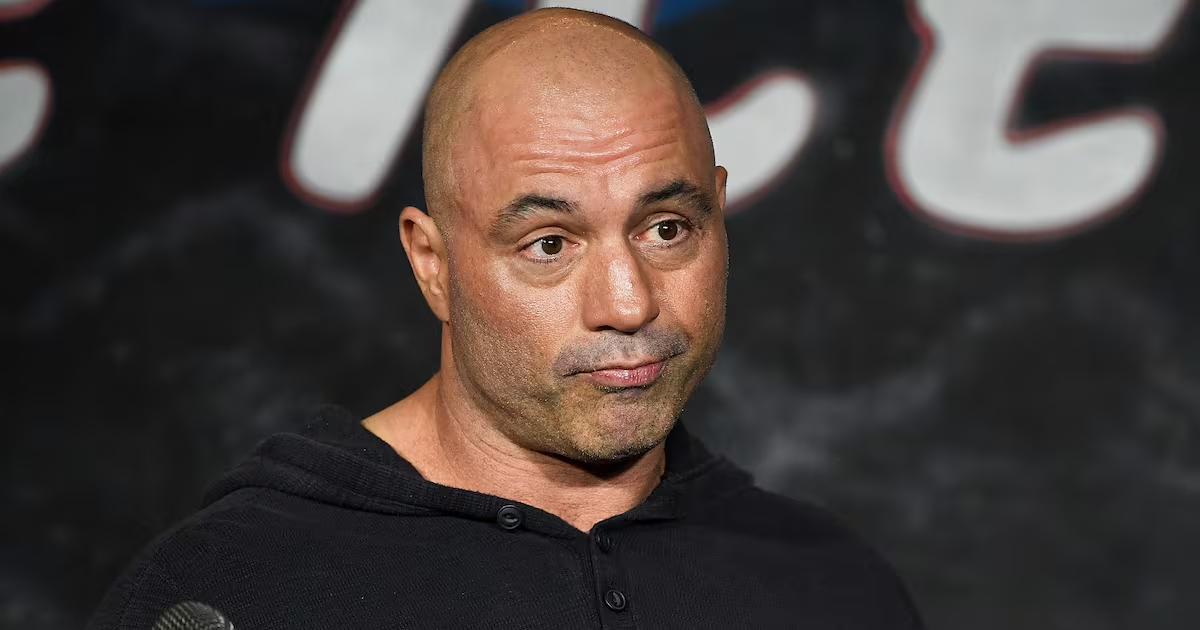So, it sucks that the minimum wage got cut out of the relief bill, and it sucks that there clearly aren’t (at least now) 50 votes in the Senate for $15. I still think a minimum wage bill will pass this Congress in some form, but obviously it would have been great to see it sail through from jump street. It also seemed kind of pointless to cut the benefits as the Senate did, but that’s what it took to get Joe Manchin’s vote. That’s the Senate.
But don’t let those setbacks do too much to diminish what a huge win this bill is for progressive politics. This is a lot of money—more, in some cases, than entities were even asking for. Conservatives pointed out, for example, that the bill is funneling to schools about five or six times what the Centers for Disease Control estimated would be needed to make the schools COVID-safe.
The right says that like it’s a terrible thing. I say, good! Because this is the real point of this bill. It’s not to fight the pandemic or reboot the economy, although it is both of those things. It’s to change the way we think about economics. Out with austerity and fretting about future deficits and trying to win over nonexistent Republican support. In with public investment and helping people. Yes, just say it: More free stuff!
The Washington Post ran a smart piece on this point on Sunday by Jeff Stein. He compared the Obama administration’s 2009 stimulus bill to the Biden relief bill, noting the differences in approach. Obama’s team trimmed the dollar amount down from what they really wanted and tried to get GOP support, while Team Biden just said the heck with it and went big and didn’t worry about the Republicans.
In other words, happily and amazingly, the Democrats learned exactly the right lesson! Chuck Schumer, quoted in the Post story: “What happened in 2009 and ’10 is, we tried to work with the Republicans, the package ended up being much too small, and the recession lasted for five years. People got sour; we lost the [2010] election.”
The article makes another important point—that thinking about public spending has changed dramatically in recent years. The article chalks it all up to the pandemic, presenting as it did a situation that required fast government action. I think the shift started happening before, but whatever; certainly the pandemic accelerated it.
The point is, it’s real. And everyone on the broad left should celebrate it. I know I’ve written this many times, so apologies to my longer-suffering readers, but it bears repeating. We lived under a Keynesian paradigm from the mid-’30s to the mid-’70s. Then Milton Friedman took over. Now, Friedmanism is gasping for air. And this relief bill is a major body blow against it.
So—good news. But all the news isn’t good. The Democrats, according to data scientist David Shor, are losing working-class voters. Eric Levitz of New York magazine published an interesting interview with Shor last week, and it’s very much worth reading.
To me, there were two main takeaways. First, that the Democratic elites are considerably to the left of the party’s rank and file. Shor, who calls himself a socialist, is no hippie-puncher. The divide is not really about economics but other issues. Shor said, for example, that white liberals “give more progressive responses across a wide battery of traditional racial resentment questions” than Blacks do.
Which leads to the second takeaway, which is that the Democrats are in danger of losing working-class voters to Republicans. Not just white ones, but people of color too. This happened last November. Maybe it was just down to Donald Trump and all the tough guy stuff. But maybe not.
If that were to happen, it could be an electoral disaster. We have entered an era when many elections, presidential and otherwise, are going to be super close, decided sometimes by a percentage point or less. Look at Georgia. Jon Ossoff beat David Perdue by about 55,000 votes out of 4.5 million cast. Raphael Warnock did a little better, beating Kelly Loeffler by 93,000 out of 4.3 million. Relatively minor swings in the other direction, and no one is sitting around complaining about Joe Manchin, because what he or any Senate Democrat thinks doesn’t matter.
So the Democrats have to deliver for working-class voters. Those voters perceived Trump as doing that, pre-pandemic, because the economy overall was doing well. But the Republicans won’t do anything about college costs or health care or more hidden matters like the monopolies that give consumers less choice and make things more expensive, while the Democrats will. Or had better. Democrats need to target programs at these voters, and then be unashamed about going to them and telling them who delivered on X and who voted against it.
It’s a tough slog. There will be delays and frustrations. And there’s only so much the Democrats can do via the reconciliation route, although it can include a lot of infrastructure ideas, so that seems the likely place for them to go next. One would think Manchin would be OK with that, since his state can use all the help along those lines it can get (by the way, he opened the door a crack to filibuster reform on Meet the Press Sunday—see this clip at :48 seconds in). There might even be a couple Republicans who’d hop on board on that basis, although they’d really have to defy Mitch, because his position is that if one Republican supports anything the Democrats do, that allows the Democrats to call it a bipartisan bill, and he reacts to that like a vampire to light.
The cultural schism between progressive elites and working-class people of all races is hard to bridge. But there’s one pretty surefire way to do it: money. It’s been moving in one direction—up to the 1 percent, even the .1 percent—for way too long. High time to move some back down.






